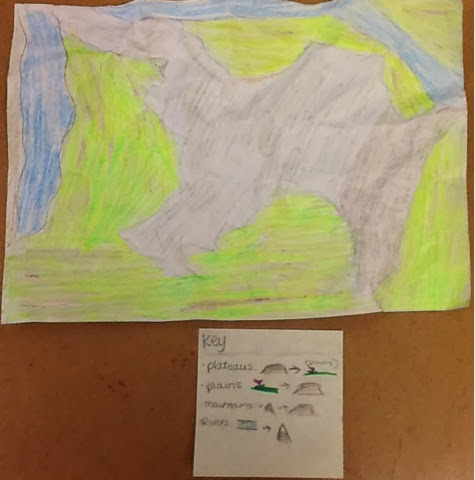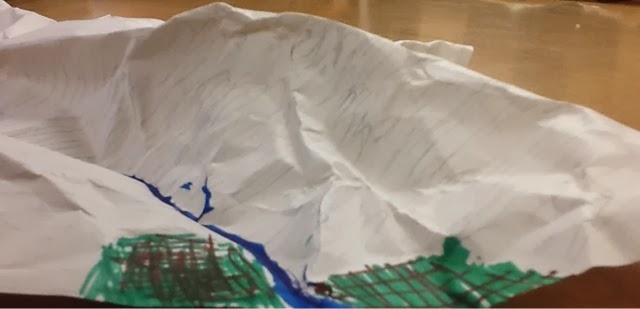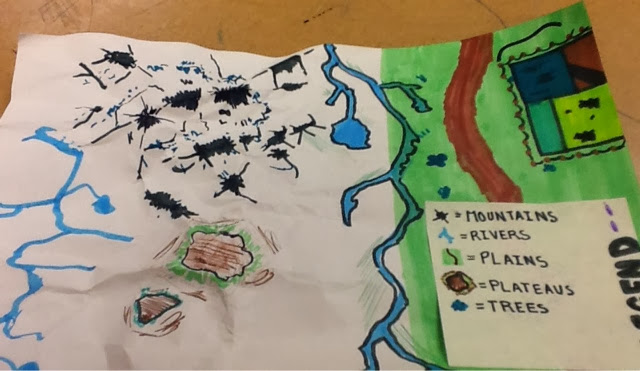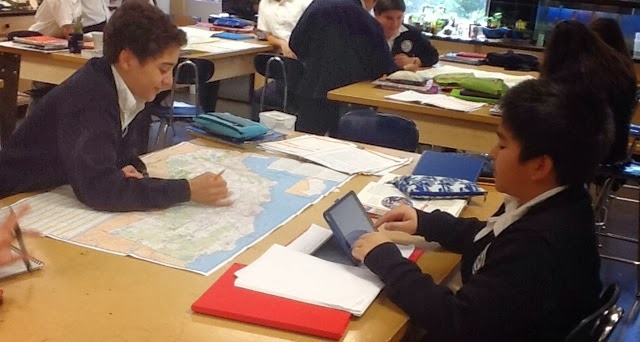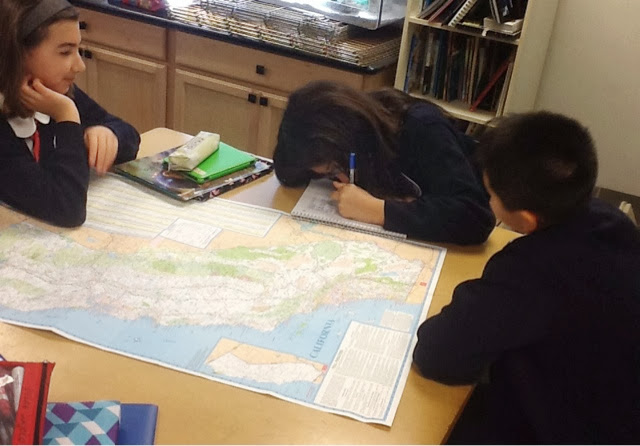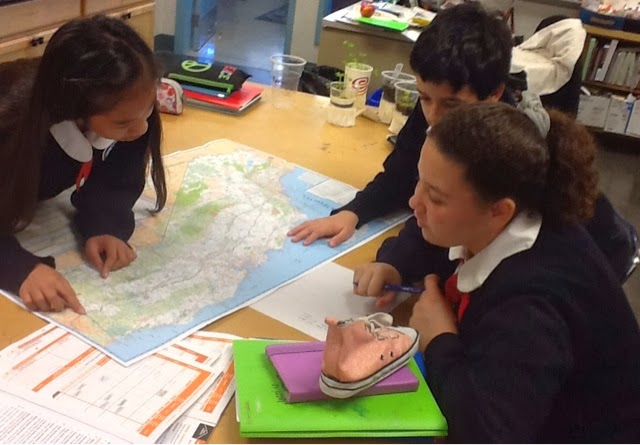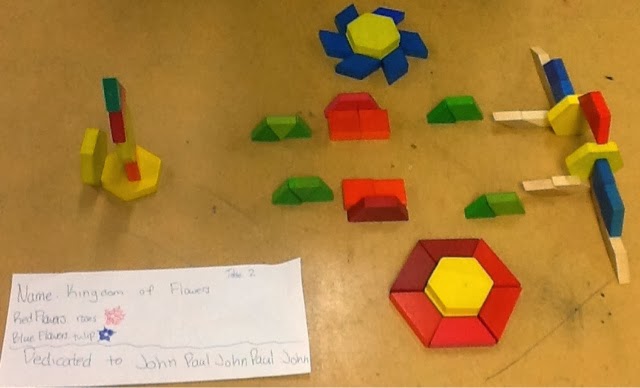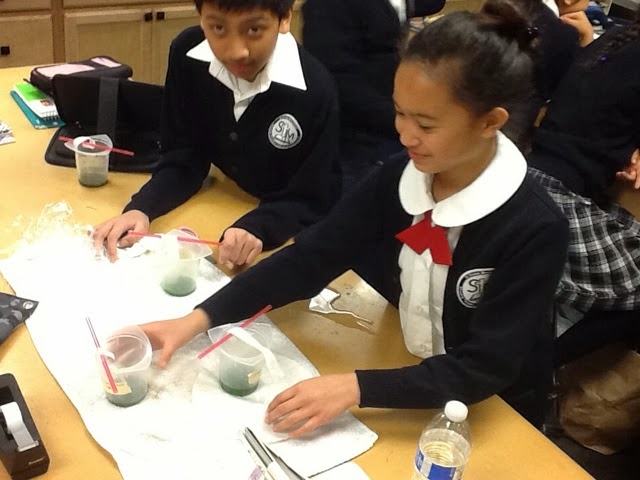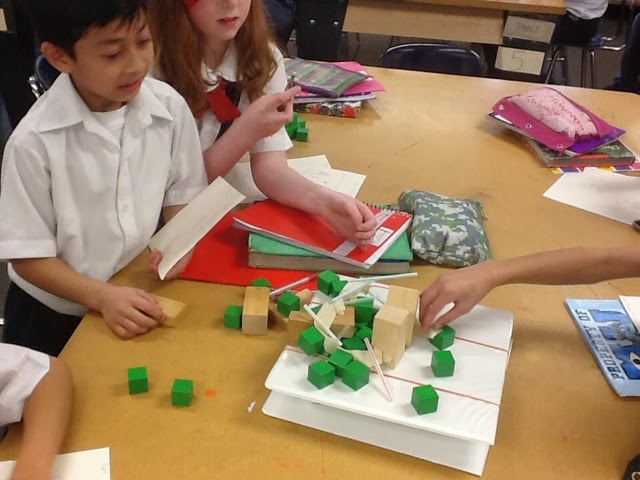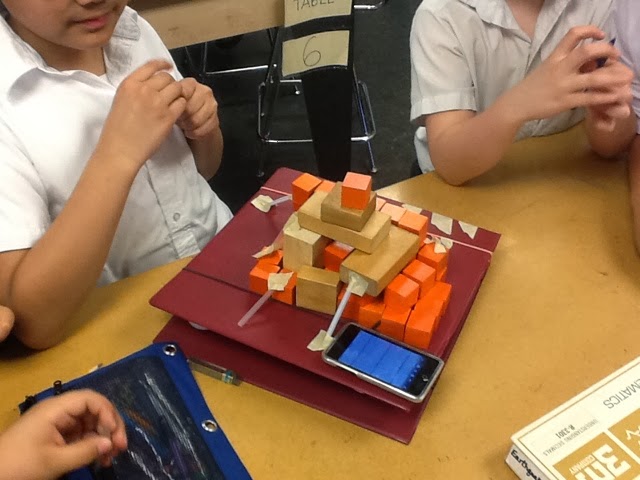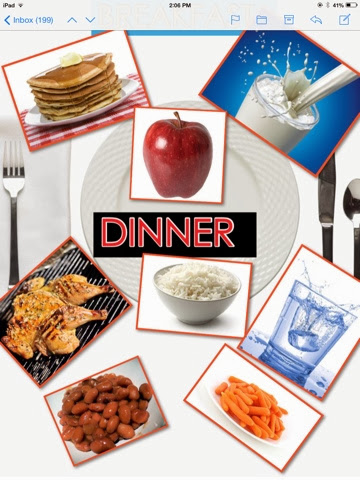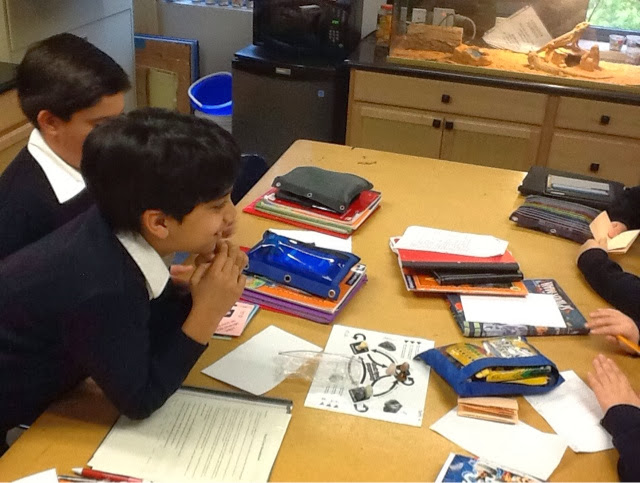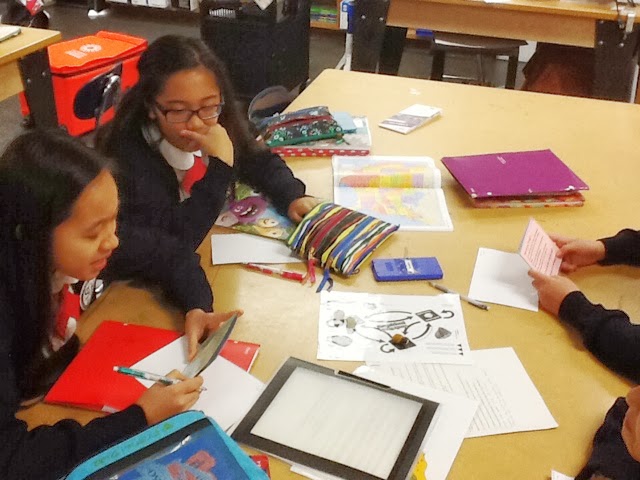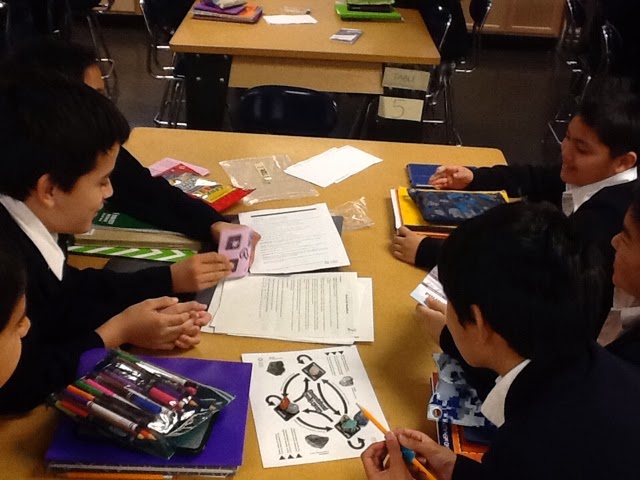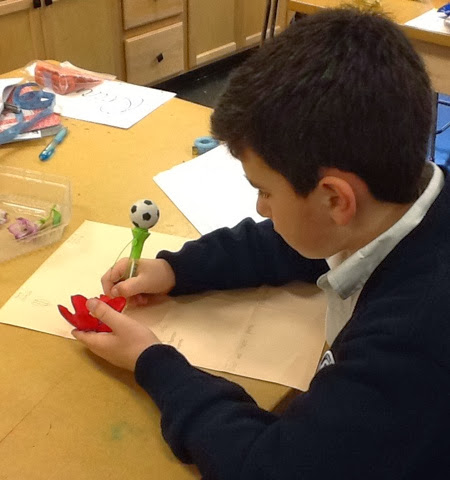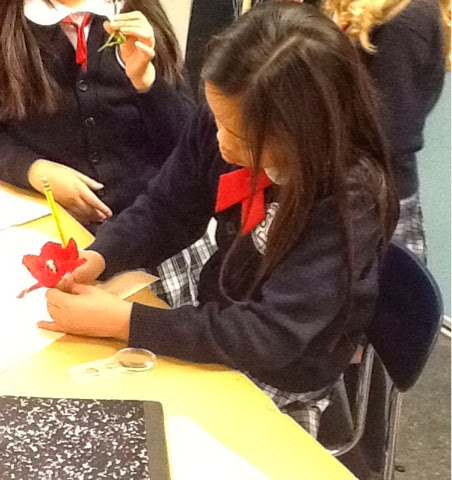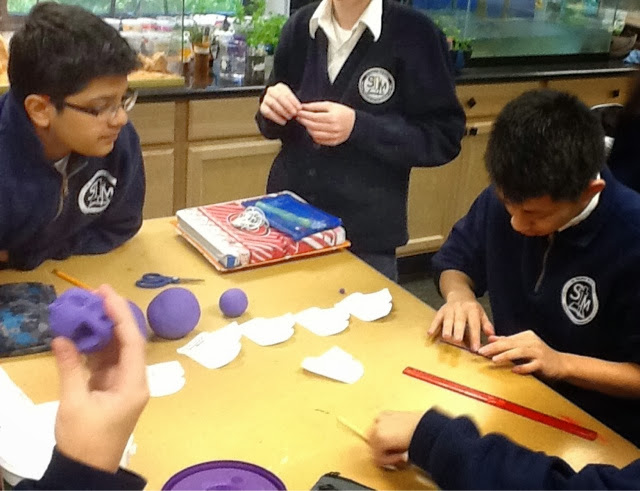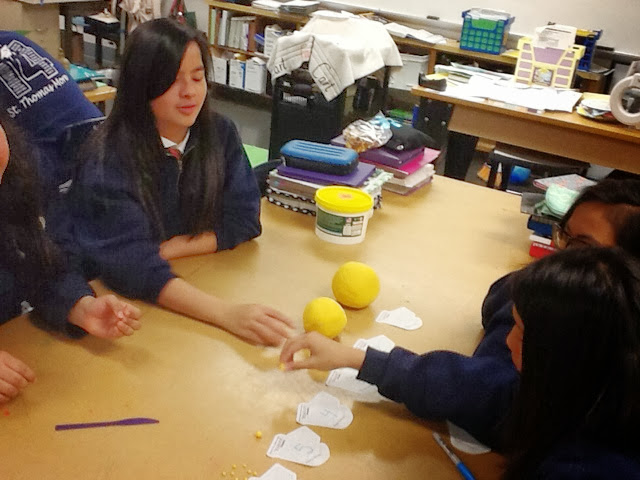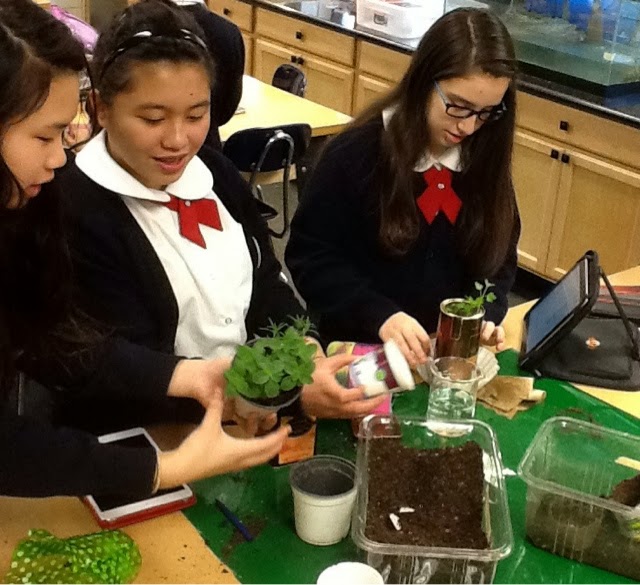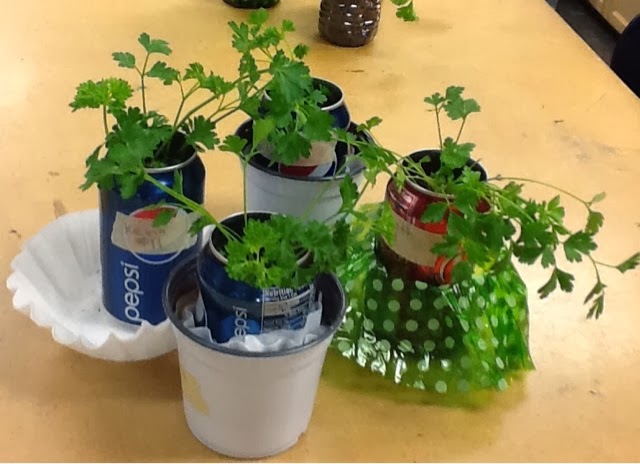Wednesday, February 26, 2014
6th grade
Just another way to look at the function of mapping. Maps give a sense of the terrain - plains, mountains and plateaus.
6th grade Beginning to map
Map reading is really not an easy skill and one that students don't get to engage in very often.
We are going to take about three weeks to interact with maps. We will learn about how to read latitude and longitude, map coordinates and legends and also topographic maps. Time permitting we may also be able to engage in an activity simulating Bathometry which is mapping the ocean floor.
The students used the great state of California to map coordinates for places like Livermore, Isabella Lake, red Bliff and other lakes, cities and points of interest.
Sunday, February 16, 2014
5th grade wrapping up flower unit
With the dissections done and the test too, the students were given a canister with various shapes and colors.
They were to create a shape sculpture garden or flower(s) design and name it. In twenty minutes.
Working as a team, they collaborated and not one of them looks like the other. And THAT is plain AWESOME!
Variety of flowers with a couple of pollinators!
This one has a flower with roots as well as a pollinator.
Love the enclosed garden and the shapes being stood up on their sides. Note the yellow hexagon on top of the canister to represent the sun. Clever!
Another lovely garden, check out the layering of the shapes and the entrance, very Zen like!
The sixth garden and again, very clever. Note the entrance into a garden with small shrubs, pollinators AND a variety of flowers.
SUPER JOB CLASS of 2017 adding art and design to science.
Thursday, February 13, 2014
7th grade Chromatography Lab
As the students continue to learn about the plant and we wrapped up nutrition, they got an opportunity to try "leaves" of various plants. These included: arugula, kale, baby romaine and Swiss chard.
Then they conducted a chromatography lab to extract the covarious pigments in the chlorophyll,of the leaves.
4th grade Earthquake!
The 4th grade made buildings out of blocks and set them on a "Shake-table". They placed an iTpuch on the Shake-Table and simulated earthquakes of various magnitudes.
Then they collaborated to see what they could do to fortify their building using a finite number of straws and a length of tape. Future engineers!
5th grade PicCollage
The students created pic collages based on the Nutrition Pathfinder's 3out of 5 rule for breakfast and 5 out of 5 for dinner.
6th grade - Rock Cycle Roundabout
Playing a "game" while learning how rocks change over time into one of three classifications: metamorphic, sedimentary or igneous.
Friday, February 7, 2014
5th grade Flower dissection Pt. II
This flower dissection allowed for an opportunity to explore flowers again. Students were able to compare different flowers and delve a little more into the variety of anatomies of flowers.
7th grade planting herbs
Using fun containers the students students repotted parsley, thyme, cilantro, sage and rosemary.
The room smelled like the earth and the students followed procedures of gardening. Let's see what happens and we may make a salad dressing to bring home.
Subscribe to:
Posts (Atom)


